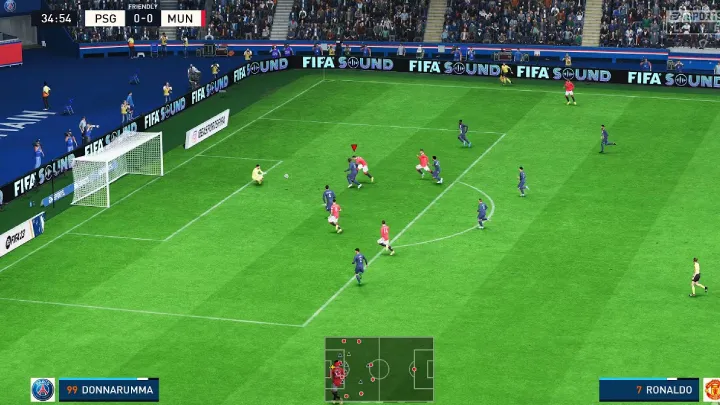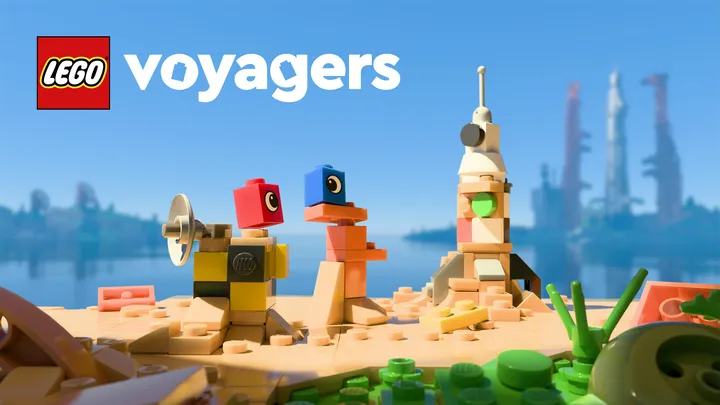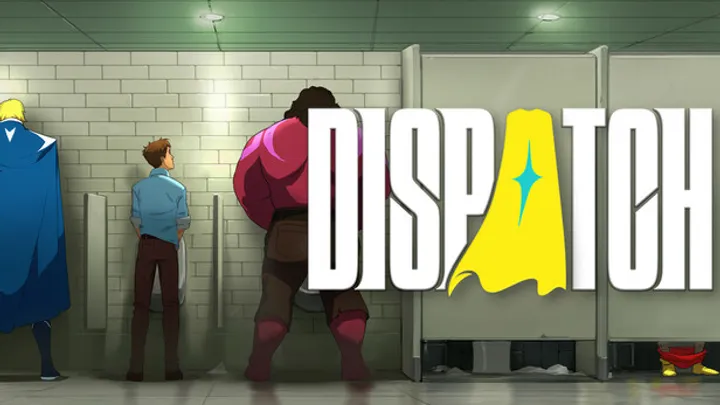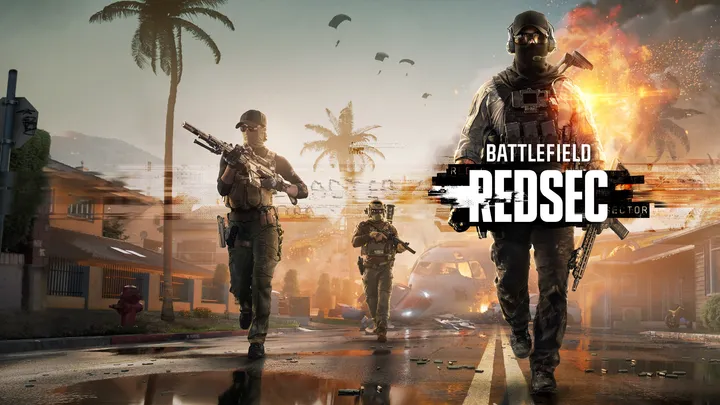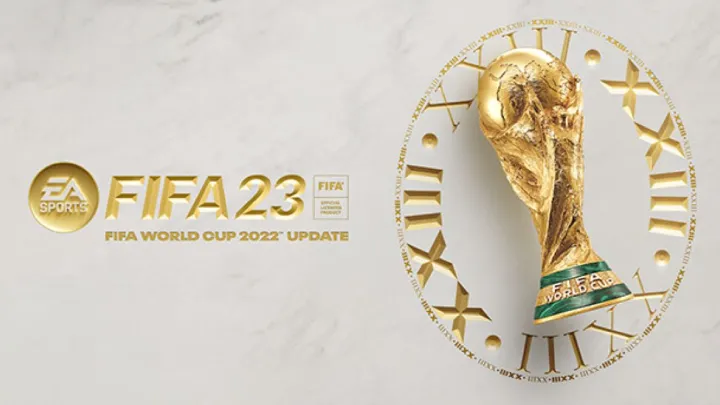
Introduction
FIFA 23, the latest installment in the long-running FIFA series by EA Sports, continues to captivate football enthusiasts with its refined gameplay mechanics and enhanced realism. However, like its predecessors, it is not without its controversies, particularly regarding gameplay realism and the portrayal of player dynamics. As the game aims to create an authentic football experience, it faces scrutiny over how well it achieves this goal amid rising expectations from a dedicated fanbase. This article delves deeply into the specific issue of gameplay realism and player dynamics in FIFA 23, exploring how these elements influence player experience and the ongoing quest for a more authentic representation of football.
The Pursuit of Realism: A Lifelong Challenge
Historical Context of Realism in FIFA
The quest for realism in video game football can be traced back to the early days of sports simulations. Initially, the emphasis was on graphical fidelity and basic gameplay mechanics. However, as technology has advanced and the gaming community has become increasingly sophisticated, players have begun to demand a level of realism that mirrors authentic football experiences. This shift is particularly evident in the FIFA series, where EA Sports has progressively integrated more realistic physics, animations, and player behaviors over the years.
The Mechanisms of Gameplay Realism
In FIFA 23, several enhancements aim to bridge the gap between virtual and real-life football. These include improved player animations, more lifelike ball physics, and nuanced gameplay mechanics that seek to mimic the unpredictability of actual matches. The introduction of HyperMotion 2 technology is a key element in this pursuit, capturing real-world player movements to inform animations within the game. Such innovations signify a commitment to realism, presenting a comprehensive experience that mirrors many aspects of professional football.
Expectations vs. Reality
Despite these advancements, expectations often outpace reality. While the game introduces remarkable technological improvements, players frequently voice frustrations over aspects that undermine the overall authenticity—such as issues in AI behavior, player responsiveness, and game physics. The challenge lies in striking a balance between creating a game that is fun to play while ensuring it feels as real as possible. This struggle speaks to a broader tension in sports gaming: how can developers create an experience that satisfies both casual players and hardcore football aficionados?
AI Behavior: The Heart of Realism
The Role of AI in Gameplay
Artificial intelligence plays a pivotal role in shaping the gameplay experience of FIFA 23. The responsiveness of AI-controlled teammates and opponents significantly influences match outcomes. Players expect AI to simulate real-world player behaviors, including strategic positioning, decision-making, and teamwork. When AI functions well, it elevates the gaming experience; when it falters, it can lead to frustration and diminish immersion.
Analysis of AI Shortcomings
Many players have reported instances of erratic AI behavior that can disrupt the flow of the game. Some common complaints include defenders failing to track runners effectively, keepers making uncharacteristic mistakes, and teammates neglecting to support or create space during attacking plays. These shortcomings can lead to unrealistic match scenarios and alter the outcome based on AI deficiencies rather than player skill.
Case Study: Match Scenarios
- Defensive Lapses: In a scenario where a striker makes a run behind the defense, an AI defender might fail to apply pressure or completely leave their position, allowing for easy scoring opportunities that would be unlikely in a real match.
- Goalkeeper Blunders: There are moments when goalkeepers misjudge crosses or take too long to react to shots on target, significantly affecting match results and player satisfaction.
Enhancing AI for Future Installments
Addressing AI shortcomings is crucial for FIFA 23 and its successors. Players suggest implementing adaptive AI algorithms that learn and adjust based on gameplay patterns, making matches feel more dynamic and unpredictable. Such advancements could dramatically improve immersion and elevate the overall football experience.
Player Dynamics: Lifeblood of the Game
The Importance of Player Dynamics
When discussing realism in FIFA 23, it is essential to consider player dynamics—how player attributes, fatigue, morale, and form impact performance. In real football, individual dynamics can shift the course of a match, influencing not only player performance but also team morale and strategy. The game’s ability to simulate these aspects determines how authentic the experience feels to players.
Fatigue and Morale Systems
FIFA 23 attempts to incorporate fatigue and morale as significant factors affecting player performance. When players are overworked, their effectiveness diminishes, requiring coaches to manage player rotations and substitutions strategically. This addition mirrors real-life football management more closely than previous iterations of the game.
Analyzing Player Performance
The performance impact of fatigue can be analyzed as follows:
- Higher Fatigue Levels: Players tend to make more errors, tackle less effectively, and display diminished stamina during matches.
- Morale Influences: Winning streaks or catastrophic losses can influence players’ morale, affecting their performance in subsequent matches.
Challenges in Implementation
Despite the inclusion of fatigue and morale systems, players still often find themselves questioning how accurately these dynamics reflect real life. Instances arise where fatigued players perform better than expected, muddying the waters on realism. Adjustments in future patches or installments could refine these systems to ensure they are as authentic as possible.
The Impact of Animation and Physics
Enhanced Animations and Movements
One of the most compelling features of FIFA 23 is the revamped animation system. By utilizing HyperMotion 2 technology, EA Sports has sought to create more fluid and realistic player movements, enhancing the overall experience. Players now observe smoother transitions during dribbling, passing, and shooting, making for a more engaging gameplay experience.
Realism in Physics
In addition to animations, the game’s physics engine is pivotal in determining how players interact with the ball and each other. An authentic football experience demands that players behave in ways consistent with real-life physics—this includes accurate collision detection, ball spin, and deflection.
Evaluating Physics Failures
Despite improvements, some players have reported bizarre occurrences where physics seem inconsistent. Examples include:
- Ball Trajectories: Shots that should have veered or been deflected in certain situations often have unrealistic results, leading to complaints about the game's physics engine.
- Player Collisions: Instances of players glitching into one another or freezing during tackles detract from the immersion of the gameplay.
Future Directions for Animation and Physics
To enhance realism, ongoing improvements in both animation and physics engines are essential. Players have suggested that refining interaction models to account for variable body types and player styles could create a richer simulation that feels more true to the sport.
Career Mode: A Deep Dive into Management
The Allure of Career Mode
Career Mode in FIFA 23 represents one of the most beloved features, allowing players to step into the shoes of managers or players once again. However, this aspect of the game is under scrutiny for its depth and realism, especially in how it reflects the dynamic nature of football management.
Managerial Responsibilities
As a manager, players navigate contracts, player development, transfers, and tactical decisions. The decisions made during a career can lead to vastly different outcomes, simulating the unpredictable climate of real football management. However, concerns have arisen regarding the lack of depth in certain areas, with many players desiring a more immersive experience.
Suggested Improvements to Career Mode
Players have voiced several suggestions for enhancing Career Mode's realism:
- Expanded Transfer Market Mechanics: Integrating more nuanced negotiations and contractual obligations could create depth.
- Detailed Player Development Systems: A more intricate approach to player growth, including morale effects and advanced training modules, would deepen the experience.
- Dynamic Press Conferences: Introducing realistic media interactions could add layers to the managerial role.
A Need for Balancing Realism and Fun
While suggestions for improvements are abundant, FIFA 23 faces the challenge of balancing realism with the fun factor. Making Career Mode too intricate could alienate casual players, while simplification risks losing the attention of hardcore fans. Finding this equilibrium is crucial for the mode's continued evolution.
Online Play: The Challenges of Competition
The Rise of FIFA Ultimate Team
Since its inception, FIFA Ultimate Team (FUT) has gained a massive following. However, the competitive online mode has also drawn criticism due to its monetization mechanics and the impact of skill gaps between players. The quest for a fair competitive environment is an ongoing challenge, with players often feeling exploited by the pay-to-win model.
Fair Play: The Role of Skill vs. Luck
While FUT can provide exhilarating gameplay, many players emphasize the need for a balance between skill and luck. The randomness of player packs can lead to frustration, especially for dedicated gamers who spend hours honing their skills. When opponents can circumvent skill through superior player acquisitions, the integrity of competition suffers.
Addressing Player Feedback
EA’s continual update policy occasionally responds to player concerns; however, the balance between providing new content and ensuring fair gameplay remains tenuous. Suggestions for improvement include:
- Enhanced Matchmaking Algorithms: These algorithms could consider skill levels more effectively to minimize disparities in player ability.
- Increased Transparency in Pack Systems: Understanding the mechanics of pack probabilities could help players make informed decisions.
Pushing Toward Fair Competition
Promoting fairness and reducing perceived inequalities in online play is crucial for maintaining player engagement. Enhancing the competitive landscape will ultimately determine the longevity of FIFA 23's online communities.
Community Feedback: The Voice of the Players
The Importance of Community Input
EA Sports has gradually developed a system for gathering player feedback, facilitating ongoing dialogue with fans. Community input is vital for refining gameplay mechanics, addressing bugs, and improving overall player experience. With the vocal and passionate lifestyle of FIFA players, staying attuned to community sentiment is essential for the franchise's success.
Engagement Through Platforms
Developers monitor community discussions across various platforms, from social media to forums. Regular interaction fosters a sense of belonging among players, strengthening ties to the franchise. EA Sports has established itself as a leader by leveraging community input to influence game design and improvements.
Implementing Player Suggestions
Player feedback often results in patches or updates that address specific complaints or introduce new features. Notable improvements often emerge from community suggestions. For example, user feedback has led to enhancements in gameplay balancing, bug fixes, and graphics updates, all of which contribute to a more refined gaming experience.
Conclusion
FIFA 23 occupies a unique space in the gaming landscape, balancing the challenge of delivering a dynamic and authentic football experience while navigating the complexities of player expectations. As the game evolves, it grapples with the fundamental issues surrounding gameplay realism, AI behavior, player dynamics, and community interaction. As technology advances and player expectations continue to rise, the franchise's commitment to improving realism and addressing feedback will shape its future.
Ultimately, FIFA 23 serves as a testament to the enduring legacy of the FIFA series, encapsulating the beauty and complexity of football while challenging developers to create experiences that resonate with an ever-evolving audience.